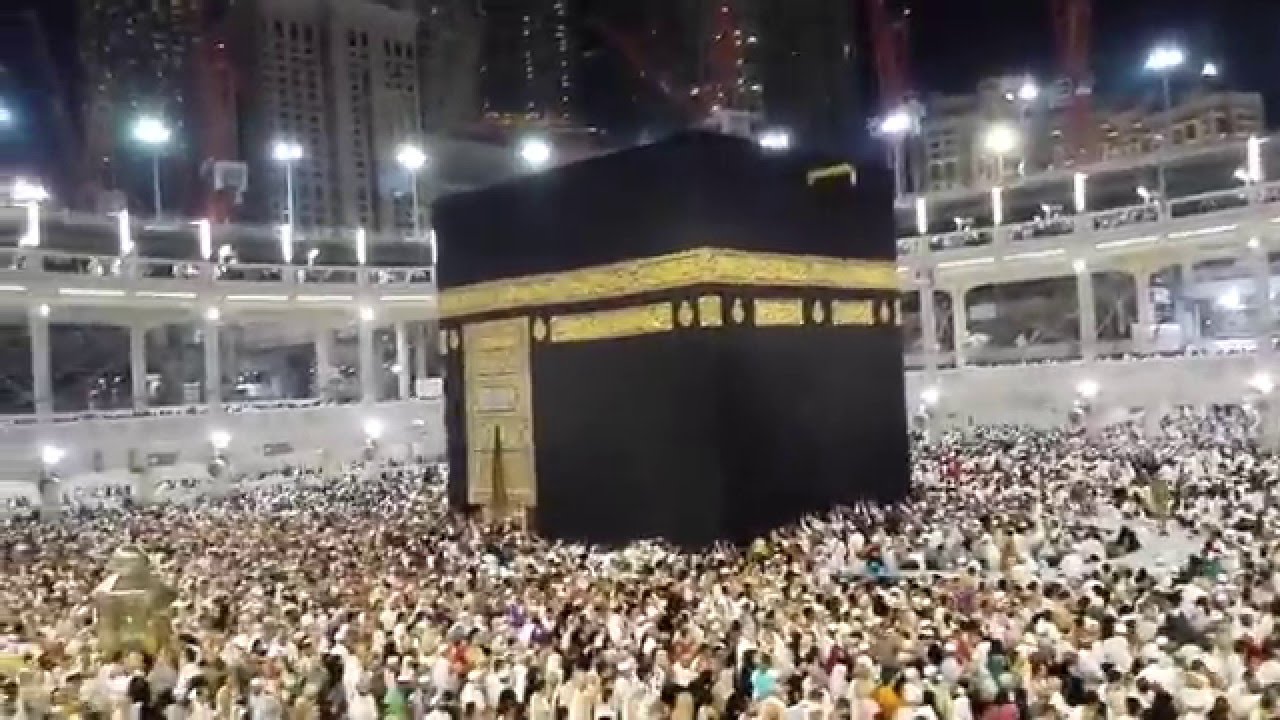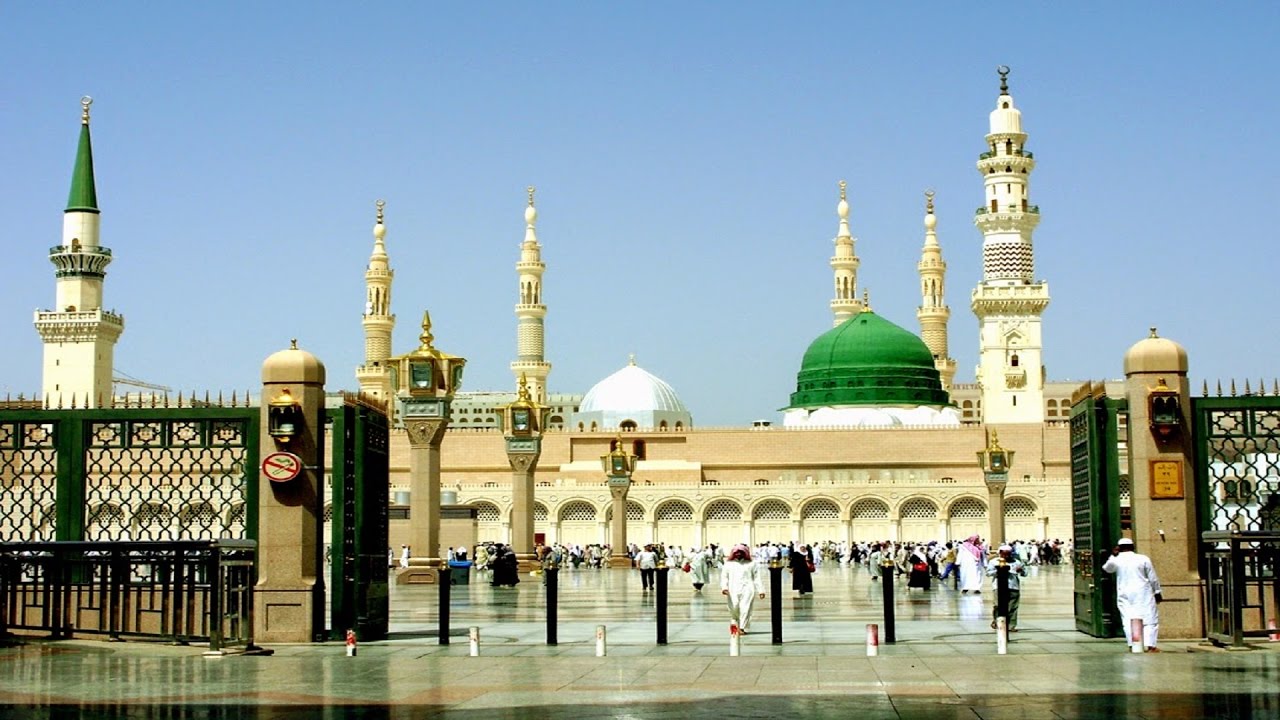Dars e Imam-Solid Graves
“Bismillahir Rahmannir Raheem””Al-Hamdu Lillaahi Rabbil ‘Aalameen was Salaatu was- Salaamu ‘Alaa Sayidinaa Muhammadin wa Aalihi wa Asabihi Ajma ‘een (tauheed- risalat- ahkirat and islam-iman-ihsan)
Durre-Mukhtaar states “و جاز نحلیۃ المصحف لما فیہ من تعظیمہ کما فی نقش المسجد” Kiiaabul-Karaahiyat, Fast fil-Ba’ee .Shaami states under this extract, “In other words, to embellish the Holy Quran with gold and silver is permissible because this is respectful to it, just as how it is permissible to decorate the Musjid.
Furthermore, it was ordered in the time of the Sahaaba to keep the Quran free from Ayat numbering, Rukus and I’raab. However, after that period, it became permissible – in fact, necessary-due to the need of the time.”
Shaami further states, “It has been narrated from Hadrat Ibn Mas’ud (ra)that the Quran should be kept free from I’raab, etc. This applied to that era, and there are numerous other things which adapt due to the change of time and place.”
Shaami also states that the Holy Quran should not be printed in small text or in handwriting. Rather, its words should be visible and bold. Why have all of these instructions been given? For the respect of the Holy Quran.
There are three cases in the prohibition of strengthening a grave,
1. Strengthening the inner part (i.e. the portion that is touching the deceased). This is why the Hadith said ‘An-Yujassasa al-Quboora’, not ‘Alal-Quboor.’
2. Reinforcing the graves of lay-Muslims. This has no benefit. Thus, the meaning will now be taken as, “Strengthening every grave has been prohibited.”
3. Strengthening the grave for decoration, boastfulness and ceremony.
However, if the grave of a Saint (Wali) is maintained to keep its recognition, its permissible because the Holy Prophet(saws)reinforced the grave of Hadrat Uthman ibn Mazoon (ra)with stone.
Under ‘An-Yujassasa al-Quboor”, Lam’aat states, “….Because only decoration and ceremony is intended by this.” This proves that if decoration, etc. is not intended, it is permissible. ”Building a structure on the grave” also has a few meanings, [It is prohibited] If the building is made on the grave itself, in the manner that it becomes included in the building’s wall.
Shaami states, “To increase the Qabr more than a hand’s length is prohibited because it is narrated in Muslim that the Holy Prophet ﷺ disallowed strengthening the grave or building something actually upon it.”- Baabud-Dafn
Durre-Mukhtaar states, “It is prohibited to put extra sand on the grave because this is equated to building a structure on the actual grave.” – Baabud-Dafn
1.This establishes that “building on the Qabr” refers to when the grave itself becomes included in the construction. A dome is not built on the grave but over and around it. Thus, it is not prohibited.
2. This rule of prohibition is intended for the graves of lay-Muslims.
3. The ‘building’ mentioned here has been explained by another Hadith, “O Allah(swt)! Do not make my grave become an idol that is worshipped. May Allah’s(swt)curse be on the nation that makes the graves of their Prophets Musjids.-Mishkaat, Baabul-Masaajid .This proves that it is Haraam to alter any grave to be a Musjid, construct a building on it and performing namaaz in its direction. This is what is intended by the Hadith. The meaning of “make the graves Musjids” refers to when the graves themselves were made the Qibla and Sajda was performed towards them.”
Allama Ibn Hajar Asqalaani (ra)writes, “Baidaawi said, “Because the Jews and Christians used to prostrate in respect towards the graves of the Prophets, make the graves as Qibla and read namaaz towards them, they had made these graves similar to idols, which the Holy Prophet(saws)cursed and censored Muslims from imitating.” Fat’hul-Baari, Sharah Bukhari
Hadrat Umar Faaruq-e-Azam (ra)built a structure around the grave of the Holy Prophet(saws)and Hadrat Ibn Zubair (ra), added to it later on.
The wife of Imam Hasan Muthanaa also made a dome over her husband’s grave. We have already furnished the reference for this from Mishkaat Sharif. Under this act of Hadrat Hasan Muthanaa’s (ra)wife, Mulla Ali Qaari (ra)writes, “It is apparent that this dome was for the gathering of friends and Sahaaba so that they may perform the Zikr of Allah(swt)recite the Holy Quran and make dua for forgiveness. Asserting this action of this virtuous woman to be unbeneficial is not in keeping with the great honour of the Able-Bait.” 12.25 – Mirqaat, Baabul-Bukaa
This clearly proves that to build an edifice that doesn’t offer any benefit to anyone is prohibited, but doing so is permissible if it is built for the comfort and ease of the visitors.
Also, Hadrat Umar (ra)built a dome on the grave of Sayyidah Zainab bint Jahsh (ra)ا
Sayyidah Aisha (ra)ا built a dome on the grave of her brother, Hadrat Abdur-Rahman (ra)
and so did Hadrat Muhanunad ibn Hanfia (ra)(the son of Hadrat Ali (ra))on the grave of Hadrat Abdullah ibn Abbas (ra).
Abu Abd Sulaiman (ra)states, “Hadrat Umar (ra)built a dome over the ‘grave of Hadrat Zainab bint Jahsh (ra), Sayyidah Aisha (ra)ا on the grave of her brother Hadrat Abdur-Rahman (ra)and Hadrat Mubanunad ibn Hanfia (ra)(the son of Hadrat Ali (ra)) on the grave of Hadrat Ibn Abbaa (ra)Whoever has classified building domes to be disliked (Makrooh) has said so if they are built in boast and show.” -Muntaqaa, the Sharah of Muatta Imam Malik.
Ask people of khabar/news= ahle zikr/marifat (arifeen)
Ask people of sharia /laws= ulema/aleem.
When I want to talk to allah I say prayers and when I want that he talk to me I recite quran- Hazrath Ali(ra)
Make sure you forward this to others .


